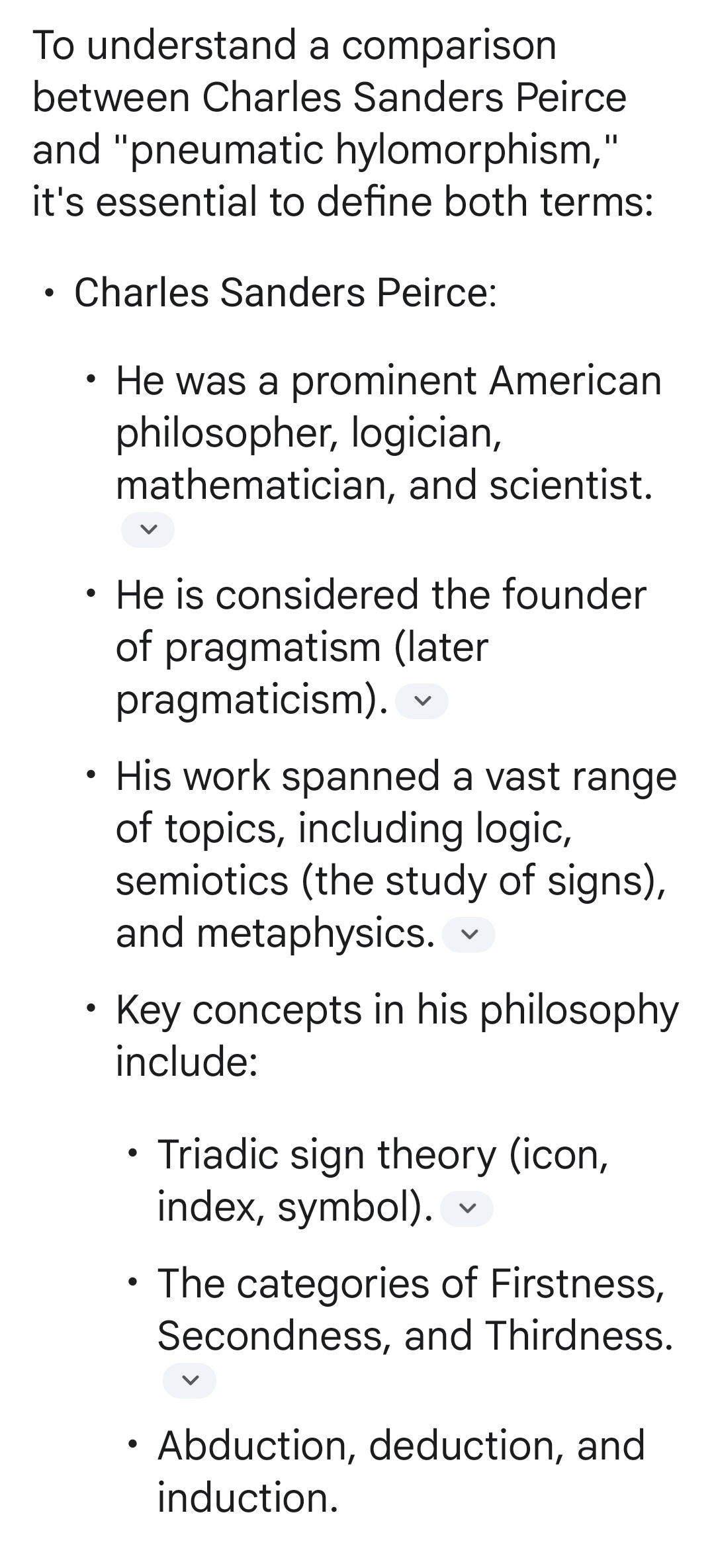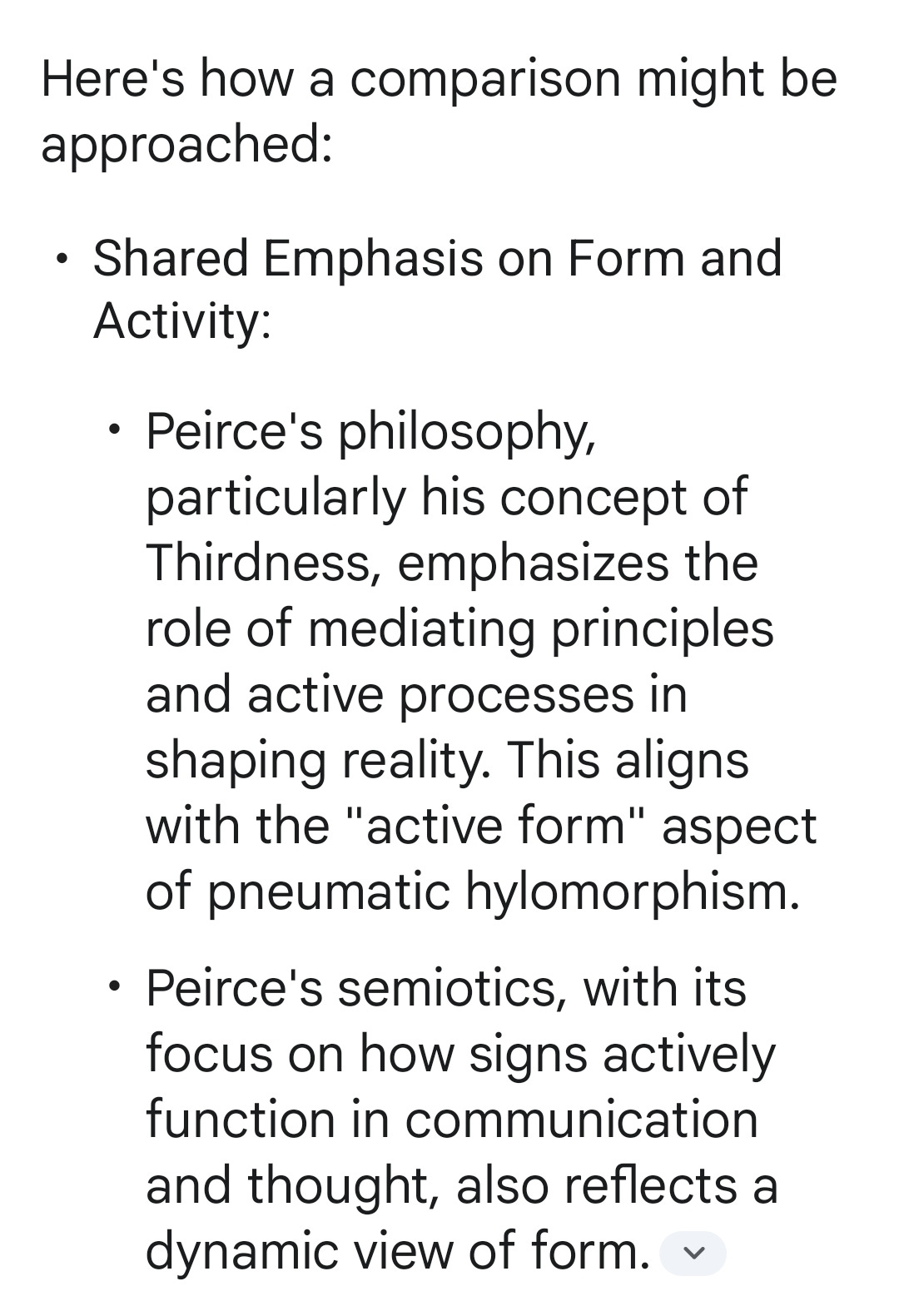Recruiting Tolkien for my Cosmotheandric Theoanthropology
Below are musings evoked by Fr Kimel at Eclectic Orthodoxy
Tolkien’s races all seemed to share the major hallmarks of personhood in that they were free, rational, moral & could speak.
At the same time, in terms of their subjective experiences & objective expressions of both good & evil those races differed. Specifically, in modal terms, both HOW they could experience & express themselves varied in range and HOW MUCH freedom or agency they possessed varied in intensity.
These differentials in relative perfections (let’s call them) could further be reflected in their final destinies, for example, the mysterious celestial paradise of men and worldly earthly paradise of elves.
While there are some parallels between Tolkien’s “gift of mortality” and Tom Belt’s theology of death (Behr-like), Tolkien otherwise seems to be implicating a felix culpa-like dynamic, whereby mortality opens the pearly gates to what would otherwise be an inaccessible transcendent horizon. Of course, others of us, whatever our chosen theologies of death, would urge, rather, the primacy of Christ as the reason for (creation as) the Incarnation, along with its manifold & multiform efficacies, as ordered toward universal theosis.
This is not to imply a complete parallel, however, between Tolkien’s eldarin lore and certain competing Christian conceptions of wo/men’s prelapsarian state. Quendi existence, after all, is no pre-Fall cakewalk.
That elves, however serially immortal, might still suffer innocently would not be totally inconsistent with the idea of a sub-eschatological Eden, which would provision its own dispensatory theotic dynamism apart from (maybe even anticipatory of) any postlapsarian concessive soteriological remedies. This type of suffering which would be proportionate — never disproportionate, i.e. evil — could be an intended, indispensable instrumental means to an unfathomably greater good rather than some unintended (merely permitted), unavoidable accidental evil. This type of suffering from our fallible, hence errant, finitude, was embodied in the Infinite One, Who makes it His own in his hypostatic identity with his own natures.
So, this is how I employ Tolkien’s comparative eldarinology – anthropology as a foil to illuminate the primacy of Christ sans felix culpa, an original sub-eschatological Eden, a prelapsarian dispensatory theotic dynamism, a postlapsarian concessive soteriology, creation as Incarnation and Tom Belt’s theology of death.
Does this not all cohere with Jenson’s Logos ensarkos & JDW’s hypostatic identity?
Let’s ask Fr. Behr:
There is one subject, and this is emphatically Jesus Christ, who, as from the God and Father, is the Word of God. So much is this the case that Cyril can state, rather jarringly to our modern ears: ‘One is the Son, one Lord, Jesus Christ, both before the incarnation and after the incarnation’.
It is none other than Jesus Christ who is the one subject, both before and after the Incarnation!
John The Theologian and His Paschal Gospel: A Prologue To Theology by John Behr
Notes:
Tolkien built a world of different peoples and creatures. The different races of people all seemed to share the major hallmarks of personhood in that they were free, rational, moral & could speak. In this sense, as personal agents, one might say they shared the same substantial being or primary nature, essentially.
In terms of their subjective experiences & objective expressions of both good & evil, Tolkien’s races differed. Modally, how they could experience & express themselves varied in range and how much freedom or agency they possessed varied in intensity.
Certainly, modally, there would have been essential ranges & intensities of experience & expression gifted each race per its substantial being. For any given race, though, how much could a person grow in relative being?
In other words, in terms of final potencies, for example, are there broader ranges & heightened intensities of experience & expression that a person could, to some extent, self-determine in their secondary nature, accidentally? perhaps, even, ever in infinite potency to the divine?
I like to imagine the various characteristics of — not only elves, dwarves & hobbits, but even — dragons, orcs & trolls as different aspects of my own self-determined secondary nature, which can become more & less personal and/or beastly!
And it’s not difficult to imagine Tolkien’s battlefields in terms of a warring that I experience within & project without, the outcomes of those battles varying for better or worse, for me & all others.
So, I like to eisegetically interpret Tolkien’s various races as representing – not creatures inhabiting different rungs on the Chain of Being with different potential destinies, but – different ways & degrees that rational creatures might subjectively experience & objectively express Goodness, ways & degrees they can largely self-determine per their unique responses to the gratuities of life & grace.
There are so many competing protological, lapsarian, soteriological & eschatological presuppositions potentially in play that I can’t offer a simple, unambiguous theoanthropological stance regarding physical death, e.g. primacy of Christ? creation as Incarnation? felix culpa? sub-eschatological Eden? etc?
However, to EOrthodoxy’s evocative query — Immortal Life in Middle-earth: Blessing or Curse? — one aspect of my inner-elf that I would readily put on the shelf would be any desire for a physical immortality in a fallen world.
Related Metaphysical Musings
One message Tolkien seems to convey is that creatures are to embrace – not resist – their specific natures & missions. Apart from that, though, I’m interested in how the elven fading might be coherently accounted for, metaphysically. To the extent that’s something you seem to be exploring in your musing, I offer the following.
The elven fading seems to involve integrally intertwined intrinsic & extrinsic dynamics. Intrinsically, it appears that they can advance & retreat in terms of a graded ethereality – fleshliness? Extrinsically, the world, itself, seems to be changing in some way that makes it less susceptible to their influence? They’re inexorably beating a fleshly retreat from a world which is also inexorably moving away from them?
The intrinsic aspect of elven fading seems to me to be analogous, metaphysically, to a pneumatic hylomorphism, where their souls would have – not only formal, but – material principles. We’d be referring to PRIME matter, here. They would also exhibit that integral body-soul unity attributable to the soul’s substantial unity with its fleshly GROSS matter.
Per a pneumatic hylomorphism, over against a strict dichotomy between actuality & nothingness, potency could account for that which is more than nothing & less than actual. It thus might account for how ontological movements could exhibit gradations between the more ethereal and more fleshly as beings would actualize various potentialities in terms of increasing relative being.
However, whenever we talk of movements – not only into, but – OUT of being, from nonbeing to being and BACK, such as have been attributed to both souls & angels, such retreats imply that both souls & angels are, themselves, hylomorphic. Such a spiritual materialism would refer, however, to prime – not gross – matter. Spirits would thus include both formal & material principles and could subsist, act & even suffer independent of gross matter, e.g. intermediate state. Also, they could perhaps variously communicate albeit in circumscribed ways & by restricted means.
I have leaned into a pneumatic hylomorphism moreso in theological & moral terms, where being is convertible with the good. But the elven fading dynamism reminds me how it could have other ontological implications as a metaphysical heuristic, which addresses how various personal creatures might manifest in different modes, even with varying fleshly gradations.
See “A Defense of Pneumatic Hylomorphism” by Nathan Jacobs
For all sorts of reasons, I would still want to emphasize the importance of body-soul unities and so incorporate any pneumatic hylomorphism into my theoanthropology only in a way that would not, in the least, take away from the significance of the gifts that accrue to each soul precisely because of its fleshly union & physical environing.
“The human being must be considered as the substantial body-soul unity in its origin, throughout its history, and in its final destiny.” Karl Rahner, “The Unity of Spirit and Matter in the Christian Understanding of Faith,” in Theological Investigations. Vol. 6, trans. Karl-H. and Boniface Kruger (Baltimore: Helicon Press, 1969), 153-177.
For phenomena like elven fading to work, souls would have to be more dynamical, less static.
Form, and therefore, formal cause, does exists in a much more dynamic way in St. Thomas than it could in Aristotle.
Fr. Clarke is insisting, being, itself, is dynamic. Or put in another way, form and formal cause are dynamic, and action is the self-revelation of being. ~ Jim Arraj
This is consistent with a pneumatic hylomorphism.
It’s also a recurring theme in the triadic semiotic of Charles Sanders Peirce and Advaita Vedanta.









